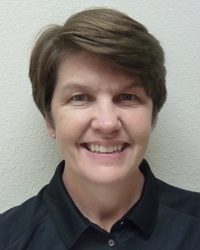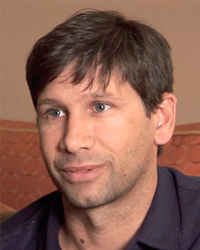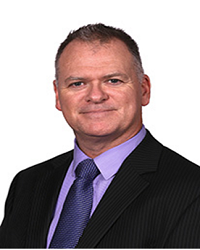The Burn-in and Test Strategies (BiTS) Workshop successfully held its sixteenth annual event in Mesa, Arizona on March 15-18, 2015. Throughout the three-day event, attendees participated in a hands-on tutorial, a keynote address from Joe Bruen of Freescale Semiconductor, and an invited talk from Brandon Prior of Prismark Partners as well as technical content from industry experts and participants. Heidi Barnes of Keysight Technologies lead the hands-on tutorial, “How to Make a High Frequency Transparent Socket”, which preceded the three-day workshop.
Twenty-nine technical papers in eight sessions plus five posters in the poster session covered topical areas as diverse as test and socket solutions for testing automotive radar devices, device reliability, and test solutions for both WLCSP and MEMS devices.
BiTS Workshop, which is the premier industry event focused on the burn-in and test of packaged semiconductors, drew more than 350 attendees. Fabless and integrated device manufacturers as well as companies from the supply chain delivering burn-in, test, and test consumable products were well represented. More than forty percent of attendees were from international locations. An important component of the workshop has long been the BiTS EXPO, which is open to not only conference attendees but industry and academic members of the community. BiTS EXPO displays featured the latest products and services further adding to the valuable insights and data about what is Now & Next in burn-in and test shared at BiTS.
Market outlooks were delivered by representatives of Feldman Engineering and VLSI Research. Opportunities for networking and social activities rounded out the 2015 event.









